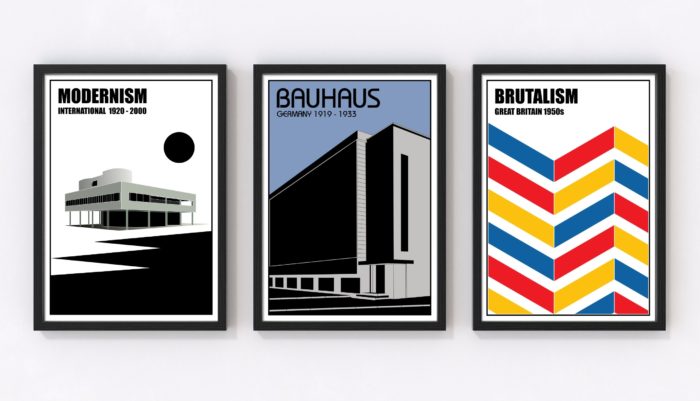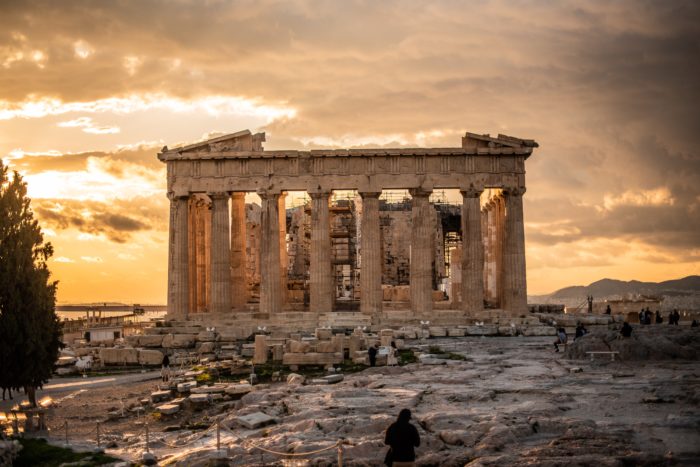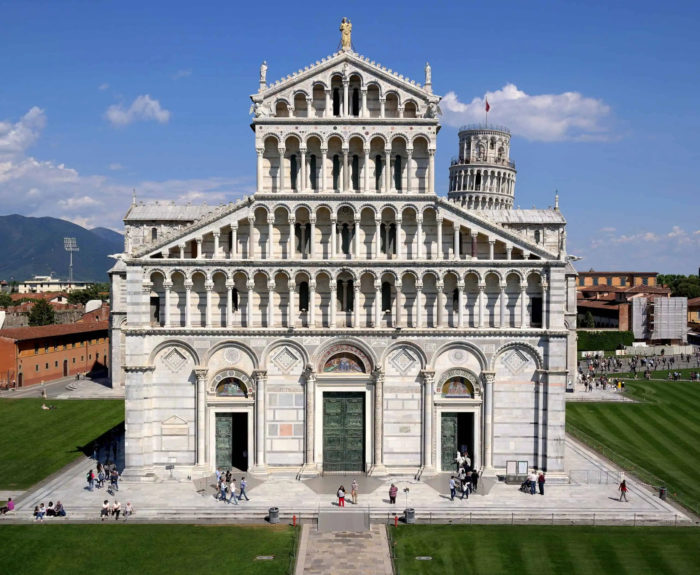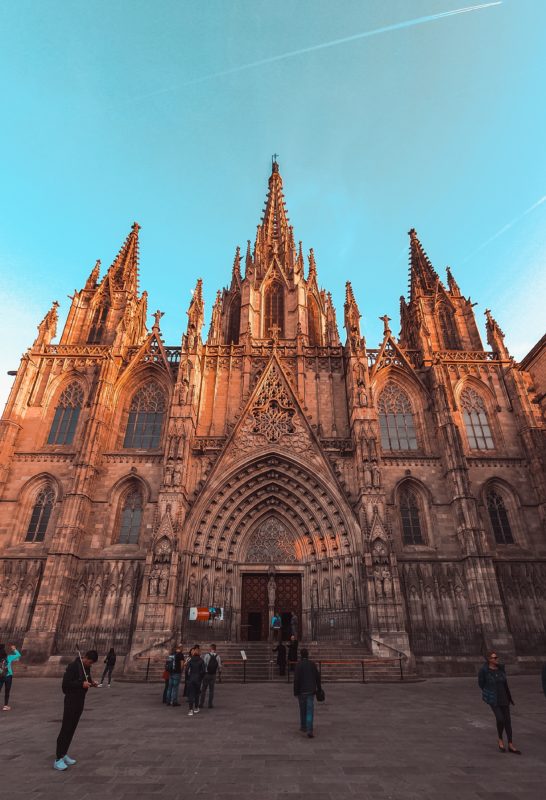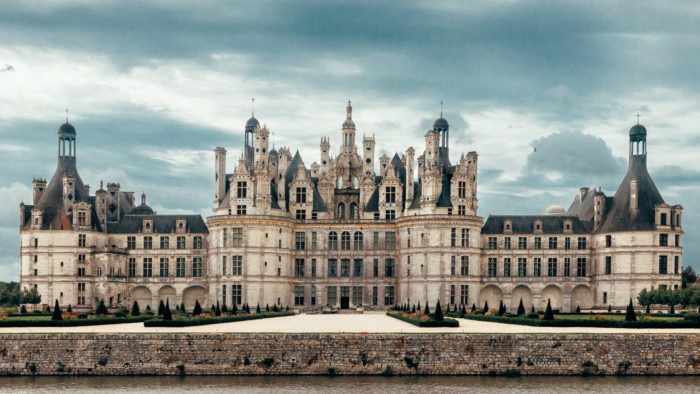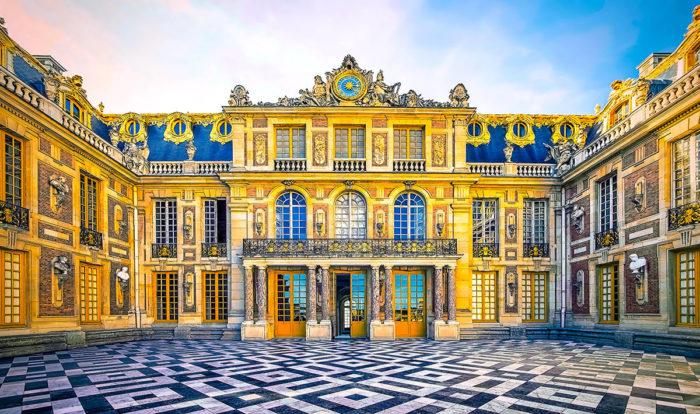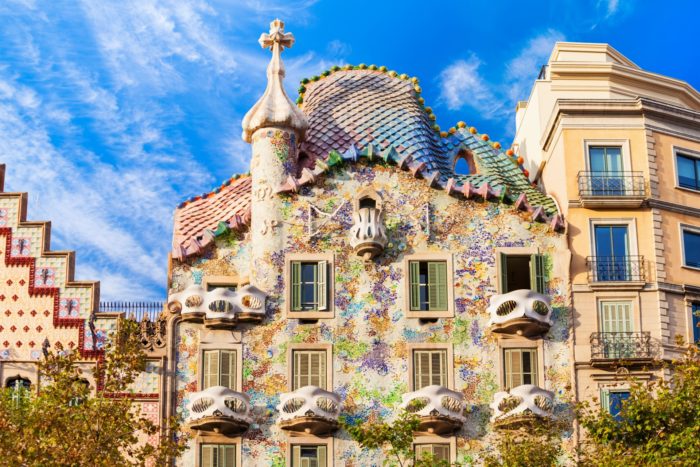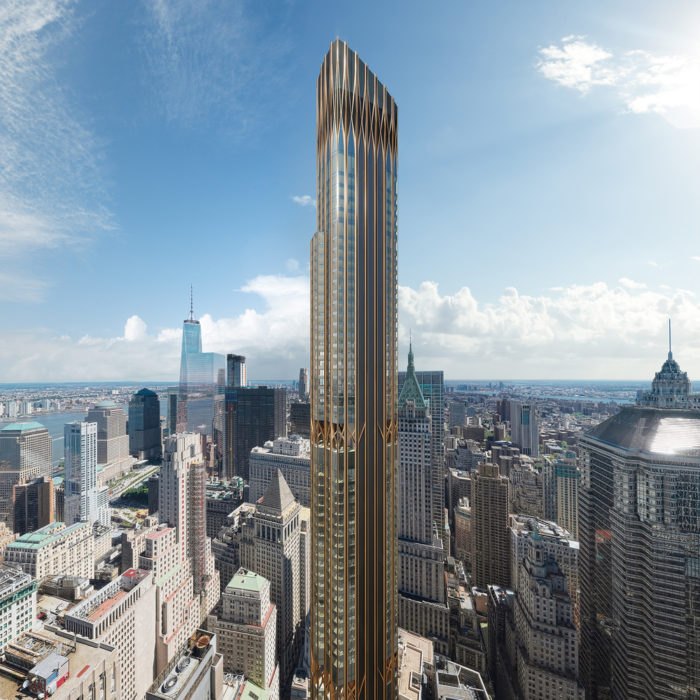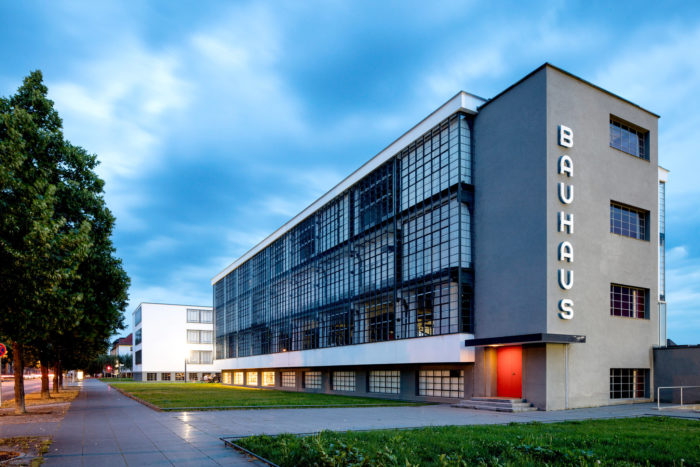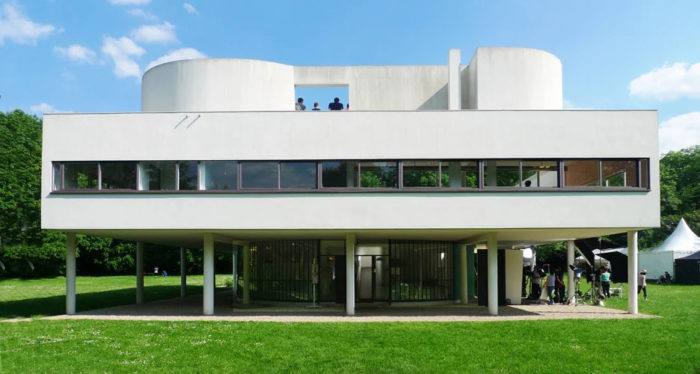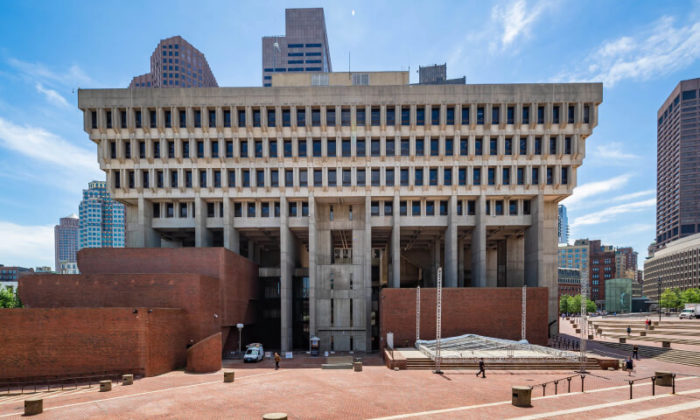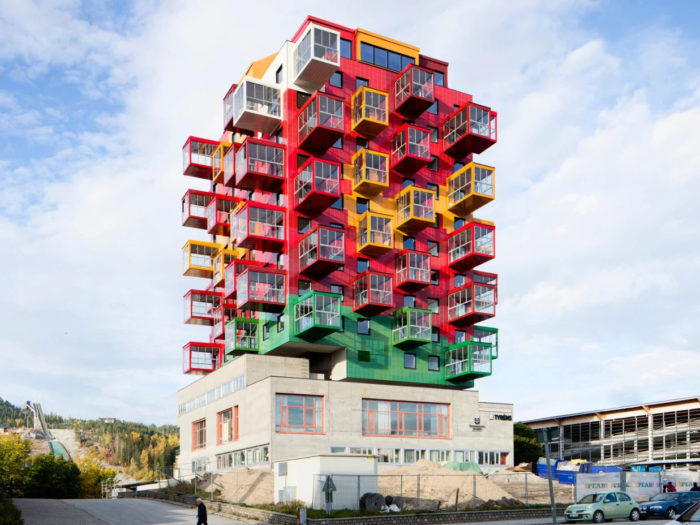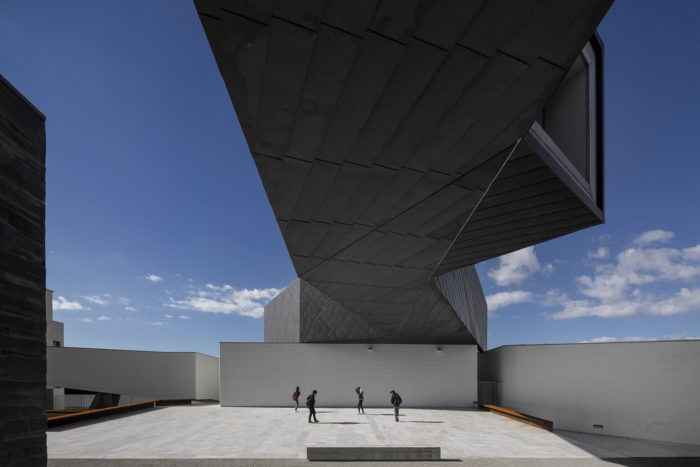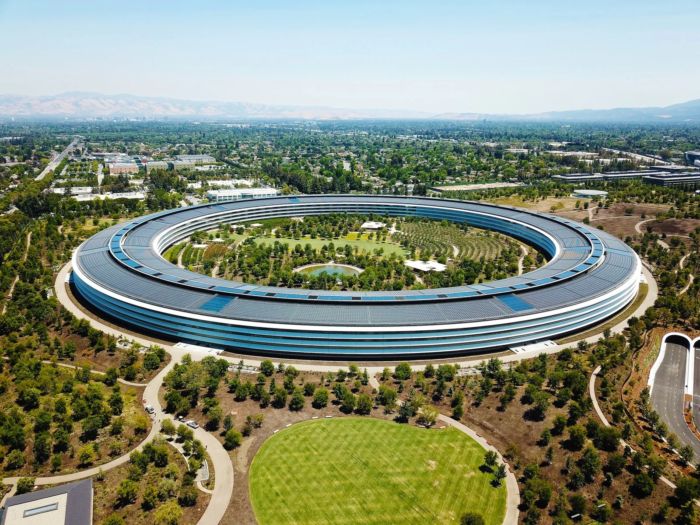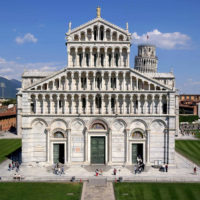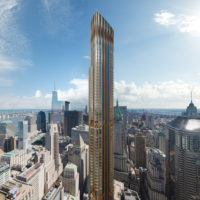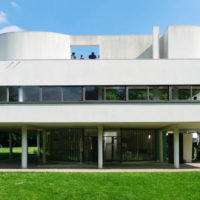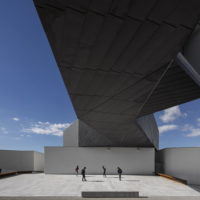Architectural styles have played a significant role in shaping the built environment throughout history. From the grandeur of ancient civilizations to the sleek modern designs of today, architectural styles have evolved and diversified to reflect their time’s cultural, technological, and aesthetic preferences. This article will explore 15 distinctive architectural styles from antiquity to the present day. Each style has unique characteristics and influences, making it a fascinating subject of study and appreciation.
The Most Prominent Architectural Styles Worldwide
In architectural history, it proves intriguing to delve into the pivotal shifts and established design approaches that have surfaced over time, either in response to or as departures from preceding creations. Consequently, we offer an exploration of some of the most impactful architectural styles and movements throughout history, complete with their distinctive characteristics and unique attributes.
1) Ancient Egyptian Architecture (Time Period: 3100 BC – 30 BC)
Key Characteristics:
– Monumental structures like the pyramids.
– Use of hieroglyphics and intricate carvings.
– Symmetry and precision in design.
– Strong focus on religious and funerary architecture.
Ancient Egyptian architecture is renowned for its timeless and awe-inspiring structures, such as the Great Pyramid of Giza. These architectural marvels showcase the Egyptians’ mastery of mathematics and engineering. Hieroglyphics and intricate carvings adorned their temples and tombs, telling stories of their rich culture and mythology.
2) Classical Greek Architecture (Time Period: 8th century BC – 4th century BC)
Key Characteristics:
– Use of columns, especially the Doric, Ionic, and Corinthian orders.
– Pediments, friezes, and symmetrical design.
– Influence on democracy, philosophy, and aesthetics.
– Emphasis on harmony and balance.
Classical Greek architecture laid the foundation for many Western architectural styles. Its iconic columns and symmetrical design elements continue to inspire architects today. The Greeks also valued the integration of aesthetics and function in their buildings, reflecting their philosophical and democratic ideals.
3) Romanesque Architecture (Time Period: 6th century AD – 12th century AD)
Key Characteristics:
– Thick walls, rounded arches, and barrel vaults.
– Use of decorative arcading and ornate doorways.
– Inspired by Roman architecture.
– Prominent in churches and castles.
Romanesque architecture emerged in the early medieval period and was influenced by the Roman architectural style. Its sturdy stone construction, rounded arches, and decorative elements characterize it. Romanesque churches and castles are prime examples of this style.
4) Gothic Architecture (Time Period: 12th century AD – 16th century AD)
Key Characteristics:
– Flying buttresses and pointed arches.
– Ribbed vaults and large stained glass windows.
– Tall spires and intricate decoration.
– Prevalent in cathedrals and religious structures.
Gothic architecture is known for its verticality and grandeur. It sought to reach new heights, literally and metaphorically, with soaring cathedrals and intricate detailing. The use of pointed arches, ribbed vaults, and stained glass windows are hallmarks of this architectural style.
5) Renaissance Architecture (Time Period: 14th century AD – 17th century AD)
Key Characteristics:
– Revival of classical elements from Ancient Greece and Rome.
– Symmetry, proportion, and perspective.
– Frescoes, domes, and pilasters.
– Patronage of wealthy families and the church.
The Renaissance marked a rebirth of interest in the classical world, leading to a resurgence of classical architectural elements. Renaissance buildings are characterized by their use of symmetry, proportion, and perspective, creating a sense of harmony and balance. Prominent examples include the Florence Cathedral and the Palazzo Rucellai in Italy.
6) Baroque Architecture (Time Period: 17th century AD – 18th century AD)
Key Characteristics:
– Ornate decoration, including curved forms and intricate details.
– Use of light and shadow to create drama.
– Grandeur and opulence.
– Prominent in palaces, churches, and public buildings.
Baroque architecture is synonymous with extravagance and drama. It embraced ornate decoration, curvaceous forms, and dynamic compositions. Baroque buildings aimed to impress and awe, often with grand façades and lavish interiors. Examples include the Palace of Versailles in France and the Church of Sant’Andrea al Quirinale in Rome.
7) Neoclassical Architecture (Time Period: Late 18th century AD – 19th century AD)
Key Characteristics:
– Revival of classical Greek and Roman elements.
– Symmetry, simplicity, and order.
– Columns, pediments, and porticos.
– Influenced by the Enlightenment and democratic ideals.
Neoclassical architecture hearkens back to the classical world, focusing on simplicity, symmetry, and order. It became popular during the Enlightenment era and was seen as a reflection of democratic values. Neoclassical buildings often feature columns, pediments, and porticos, as seen in the United States Capitol and the Parthenon in Athens.
8) Victorian Architecture (Time Period: 19th century AD – early 20th century AD)
Key Characteristics:
– Eclectic mix of styles, including Gothic Revival, Italianate, and Queen Anne.
– Elaborate ornamentation and decorative elements.
– Varied rooflines and asymmetrical designs.
– Prevalent in residential and commercial buildings.
Victorian architecture is characterized by its diversity and eclecticism. During the Victorian era, various architectural styles were widespread, resulting in a mix of Gothic Revival, Italianate, Queen Anne, and other influences. Ornate detailing, decorative elements, and elaborate façades are hallmarks of this style.
9) Art Nouveau Architecture (Time Period: Late 19th century AD – early 20th century AD)
Key Characteristics:
– Curvilinear forms and organic motifs.
– Emphasis on nature and asymmetry.
– Decorative ironwork and stained glass.
– Influence on decorative arts and graphic design.
Art Nouveau architecture was a departure from the classical and Victorian styles, embracing flowing lines, organic forms, and nature-inspired motifs. This style is characterized by its use of curvilinear shapes, decorative ironwork, and stained glass. Art Nouveau significantly influenced the decorative arts and graphic design of the period.
10) Art Deco Architecture (Time Period: 1920s – 1930s)
Key Characteristics:
– Geometric shapes and sleek, streamlined forms.
– Use of materials like glass, chrome, and concrete.
– Zigzag patterns and bold, decorative elements.
– Prominent in skyscrapers, theaters, and hotels.
Art Deco architecture is synonymous with the elegance and glamour of the Roaring Twenties. It is characterized by its use of geometric shapes, sleek lines, and the incorporation of modern materials such as glass, chrome, and concrete. Art Deco buildings often feature bold decorative elements and zigzag patterns, making them iconic symbols of the Jazz Age.
11) Modernist Architecture (Time Period: Early 20th century AD – mid-20th century AD)
Key Characteristics:
– Emphasis on function, simplicity, and minimalism.
– Use of materials like steel, glass, and concrete.
– Open floor plans and large windows.
– Pioneered by architects like Le Corbusier and Ludwig Mies van der Rohe.
Modernist architecture represents a break from tradition, focusing on functionality and simplicity. It is characterized by clean lines, open floor plans, and industrial materials like steel, glass, and concrete. Modernist architects sought to create buildings that were responsive to the needs of the modern world, resulting in iconic structures such as the Bauhaus school and the Villa Savoye.
12) Brutalist Architecture (Time Period: 1950s – 1970s)
Key Characteristics:
– Use of raw, exposed concrete.
– Bold and imposing designs.
– Minimalistic and practical aesthetics.
– Prominent in government and institutional buildings.
Brutalist architecture is known for its raw, unadorned concrete surfaces and bold, imposing designs. This style often evokes strong reactions, some praising its honesty and practical aesthetics, while others find it stark and uninviting. Notable examples include the Boston City Hall and the Barbican Centre in London.
13) Postmodern Architecture (Time Period: 1970s – 1980s)
Key Characteristics:
– Rejection of modernist minimalism.
– Eclectic and playful designs.
– Use of historical references and irony.
– Prominent in commercial and civic buildings.
Postmodern architecture marked a departure from the strict minimalism of modernism. It embraced eclecticism and playfulness, often incorporating historical references and ironic elements. Postmodern buildings can be whimsical and referential, challenging the conventions of traditional architecture.
14) Contemporary Architecture (Time Period: Late 20th century AD – present)
Key Characteristics:
– Diversity and adaptability.
– Sustainable and eco-friendly design.
– Use of cutting-edge technology and materials.
– Emphasis on individuality and innovation.
Contemporary architecture encompasses a wide range of styles and approaches, reflecting the diversity of the modern world. It is characterized by its adaptability, emphasis on sustainability, and the use of cutting-edge technology and materials. Contemporary architects push the boundaries of design, resulting in innovative and distinctive structures that respond to the needs of the present.
15) Green Architecture (Time Period: Late 20th century AD – present)
Key Characteristics:
– Sustainable and environmentally friendly design.
– Use of renewable energy sources and recycled materials.
– Integration of nature into urban environments.
– Focus on energy efficiency and reduced environmental impact.
Green architecture, also known as sustainable or eco-friendly, represents a response to the growing environmental concern. This style strongly emphasizes sustainability, incorporating features such as renewable energy sources, recycled materials, and green roofs. Green architecture seeks to harmonize human-made structures with the natural world, promoting energy efficiency and reducing environmental impact.
Architectural Styles in a Nutshell
Architectural styles have evolved over centuries, reflecting their respective eras’ cultural, technological, and aesthetic preferences. From the monumental structures of ancient Egypt to the sleek and sustainable designs of contemporary green architecture, each style has left its mark on the built environment. By exploring these 15 architectural styles, we gain a deeper appreciation for the rich tapestry of human creativity and innovation that has shaped our world. Whether it’s the timeless elegance of Neoclassical columns or the bold, expressive forms of Brutalist concrete, architecture continues to be a powerful means of artistic expression and cultural identity. As we progress, new architectural styles will undoubtedly emerge, further enriching our urban landscapes and architectural heritage.
- Courtesy of Etsy
- © AXP Photography
- © Josh Stewart, Unsplash
- Courtesy of Archute
- © Miltiadis Fragkidis
- © Wilfried Santer
- © Agod.com
- © Hotels.com
- © Sergey Novikov, Getty Images
- Courtesy of We Build Value
- © CetraRuddy
- © Andreas Meichsner
- © August Fischer, Flickr
- Courtesy of Boston Sightseeing
- Ting 1 l Wingårdh Arkitektkontor. Image Courtesy of Baunetz Wissen
- Ílhavo Maritime Museum Extension l ARX Portugal. © Fernando Guerra | FG+SG
- Courtesy of Foster + Partners


